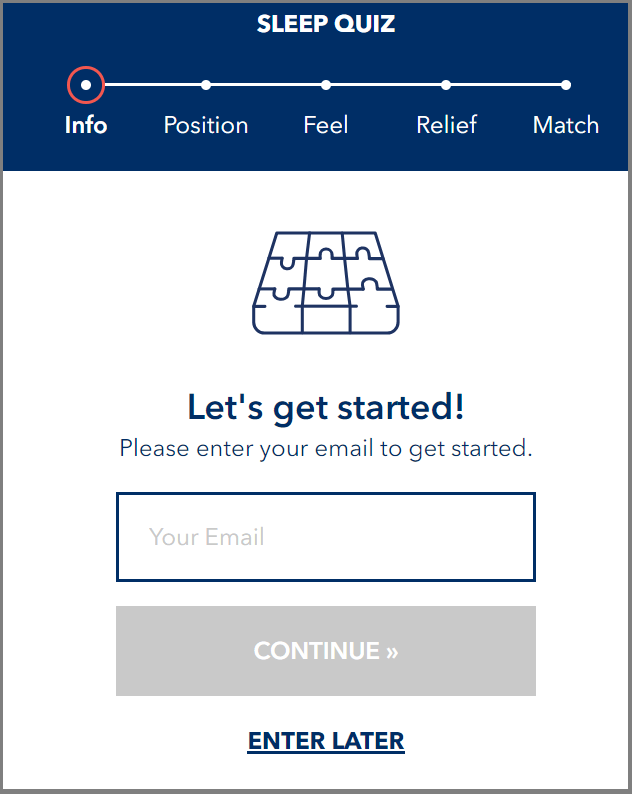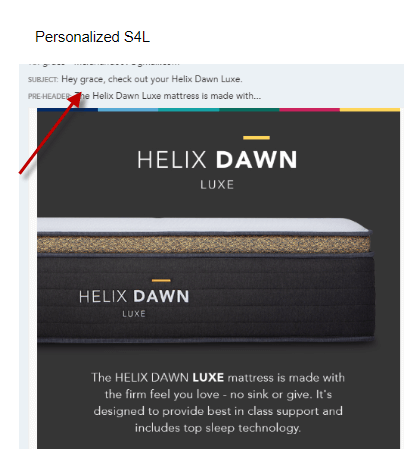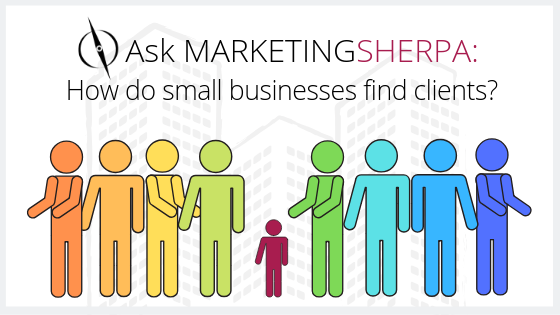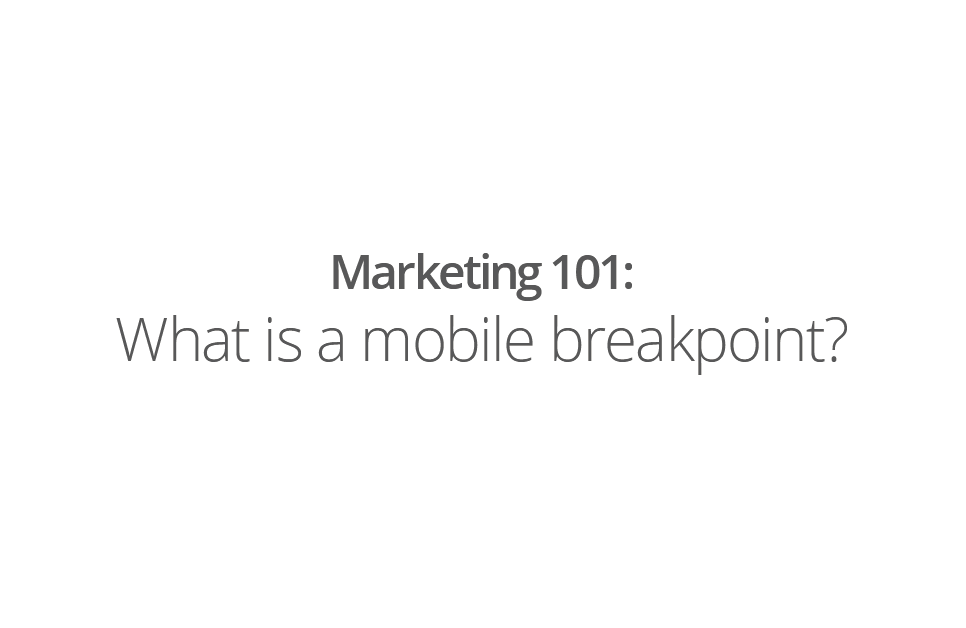MarketingSherpa Podcast #5: Ten things you should think about before you do your next website redesign
Education is the ability to use other people’s experiences (mistakes) to avoid making your own mistakes.
In that spirit, we prep you for avoiding some serious potholes on your journey while taking on that biggest of digital marketing projects — a website redesign. You can listen to this episode in whichever way is most convenient for you — or click the orange “Subscribe” button to get every episode. And scroll down to read more about website redesigns.
This article was originally published in the MarketingSherpa email newsletter.
Listen to the podcast audio: Episode 5 (Right mouse click to download)
More About Episode #5 — Website redesign
“The point is: You get to capitalize on a fellow human being’s misfortune. That’s the basis of real estate.”
The above quote is from “The Money Pit,” the 1986 comedic movie where Tom Hanks and Shelley Long attempt to renovate a recently purchased home to comedic effect. Or tragic effect, depending on your point of view. After all, as Mark Twain said, “Humor is tragedy plus time.”
If you’ve ever been in charge of a web redesign project, you might think that “The Money Pit” was just a prescient allegory for a web redesign project.
After all, your company’s website is its most prime real estate. And if your site is old or large, once you start diving into a redesign project you never know quite what surprises you will unearth.
To help you avoid pitfalls with your own web redesign (both tragic and comic), Austin McCraw and I delved into 10 considerations you should keep in mind for your web redesign projects (while providing a few light house-remodeling tips as well).
We’re giving you this advice from the marketer’s point of view — not the (website or real estate) developers’ point of view. So before you create a web redesign project plan, watch out for these things (time stamps included if you would like to jump around):
















